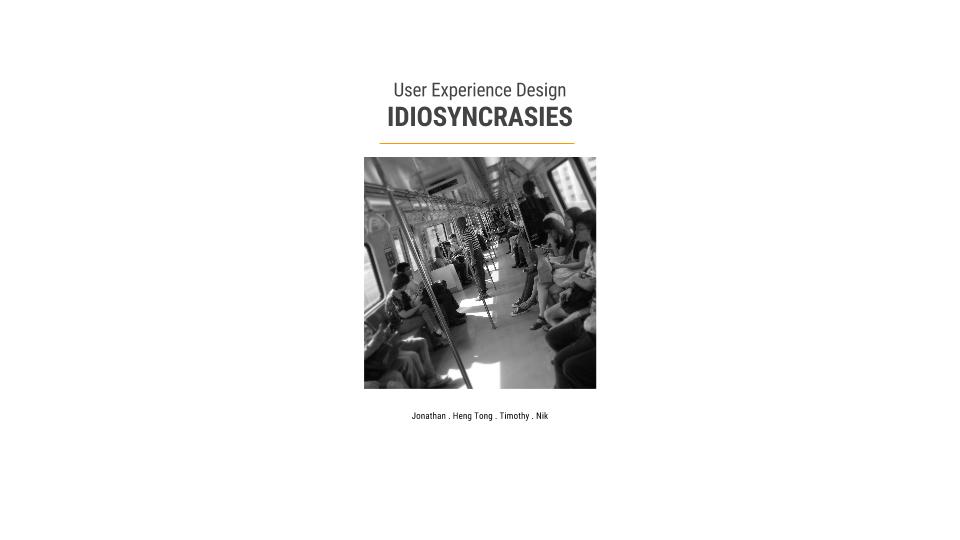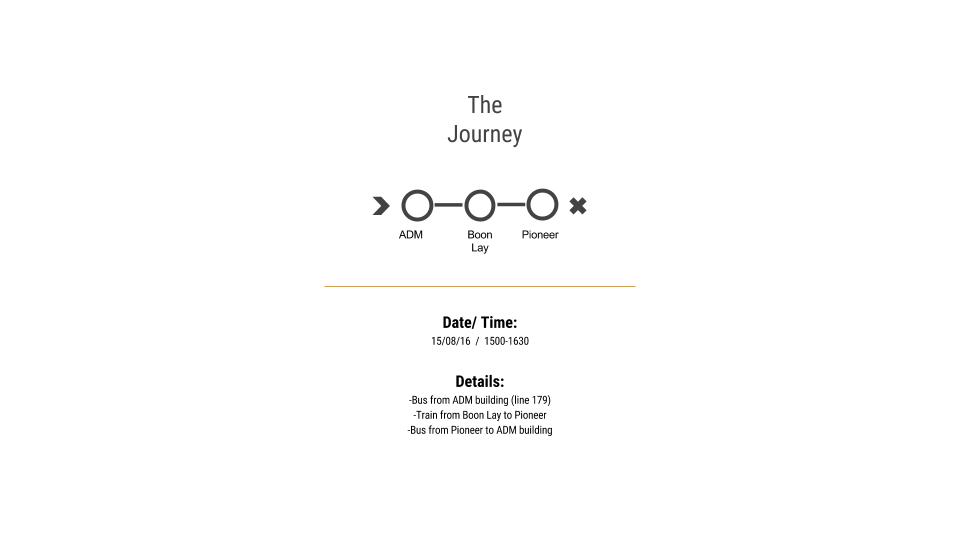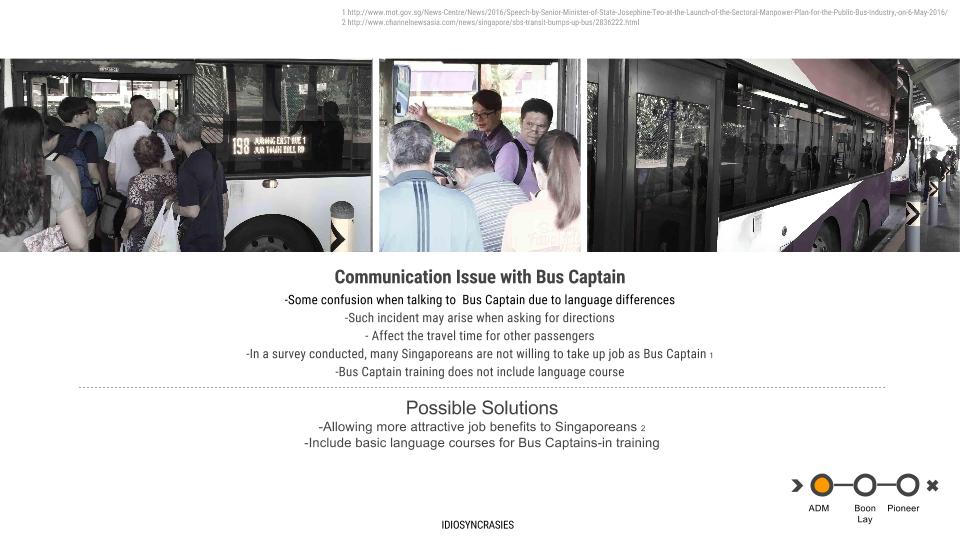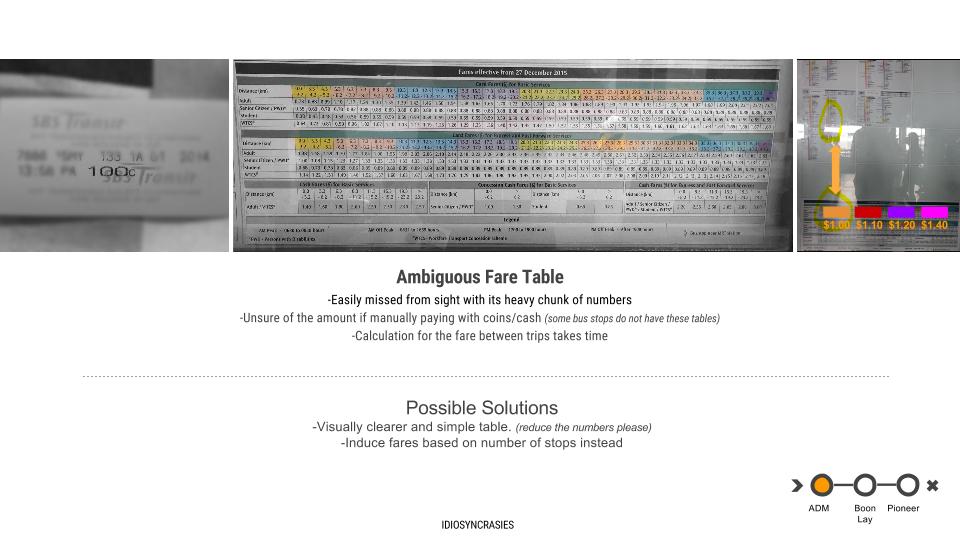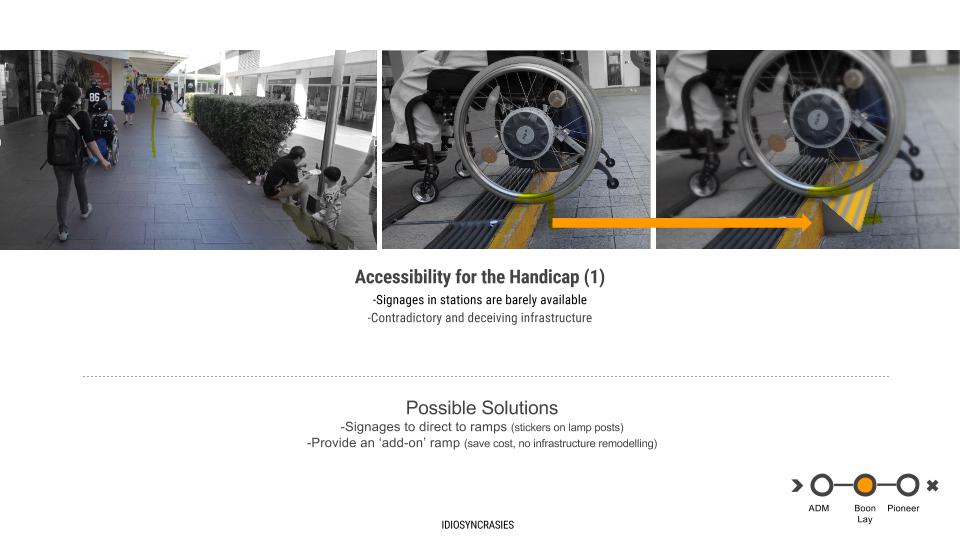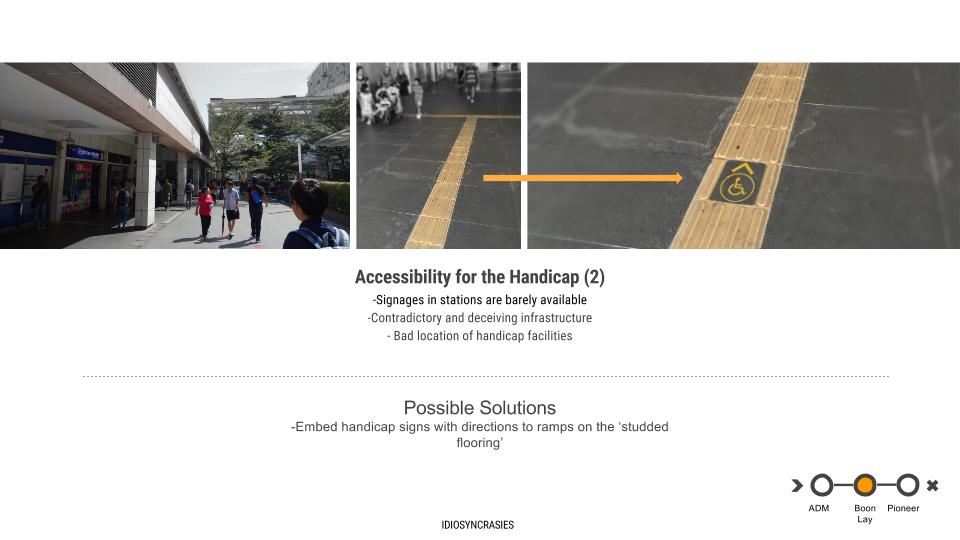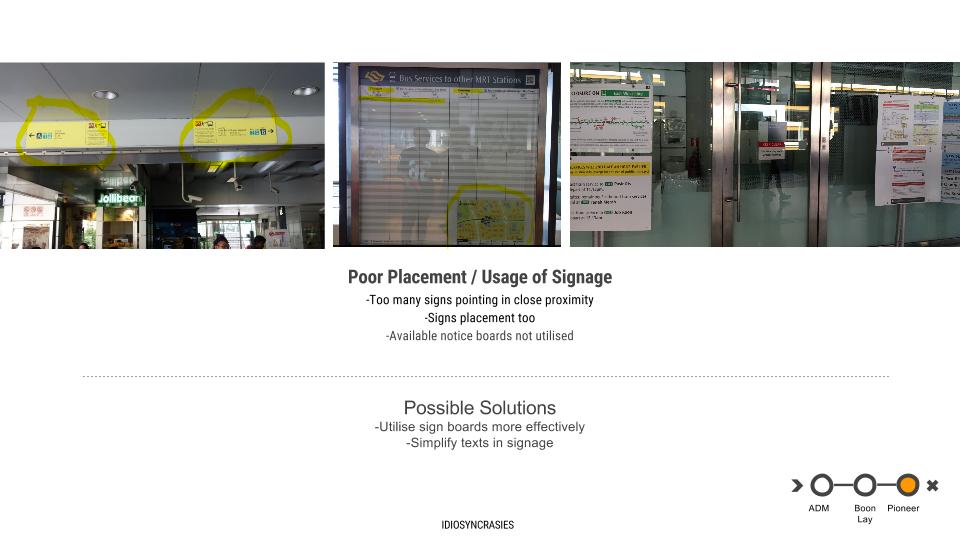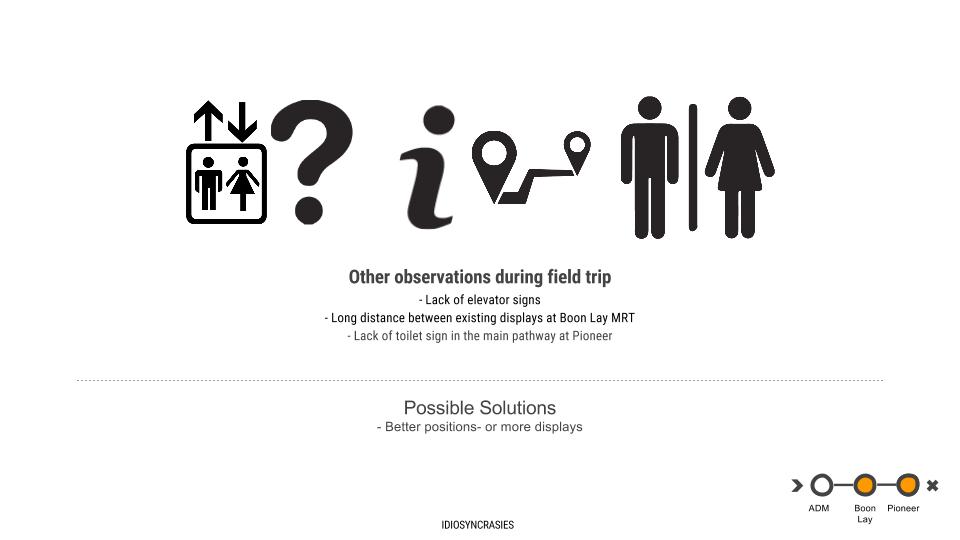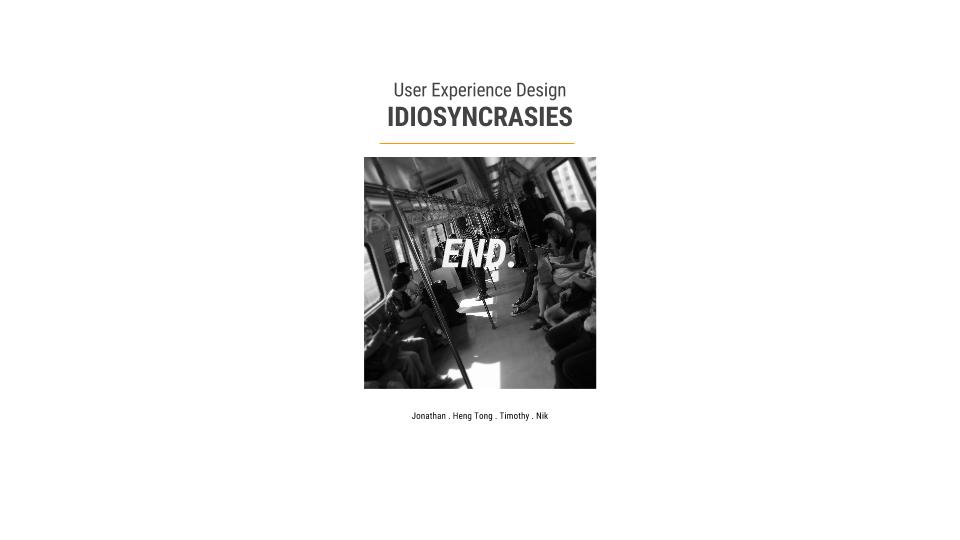Part 1: In your group, organize your documentation and notes from the observation and analysis of the MRT and create a slide-show presentation that you’ll share in class. Observe, take field notes, identify where things go wrong and what idiosyncrasies you notice through your observations. What are some unusual things that you notice? Make sketches, notes and document with photos to carefully analyze the user experience during this field trip. Make observations on how other people move through public space. What solution would you propose to the “things that go wrong”? Remember, to think about scale in that your proposal might be simple or more complex. Consider what the challenges might be to implement your proposal.
Part 2: Read the attached Chapter from Jan Chipchase, Hidden In Plain Sight: How To Create Extraordinary Products For Tomorrow’s Customers. (2013) Send me (by no later than midnight on Saturday), a response to the reading and two questions. Please send it to me as a word or PDF document with your name in the file.
This chapter has opened up my understanding on re-discovering the ‘norm’ in activities. Examples discussed are of relatable yet often overlooked ‘norms’ and the factors in making sense of why and how these ‘norms’ came to be is really interesting.
Right at the start of the chapter have I already been peaked by the notion of self-observation and self-discovery, as opposed to mere collecting data from external sources. As a student of design, I have personally done researches based on both methods, and I do find the ideations and final outcomes to be vastly different. More often than not, ideations derived from personal observations yield more sense of pride in my project regardless of the outcome.
The line “even the briefest dip in the contextual-awareness pool can yield insights and inspiration” drew me to the out-of-class activity of journeying from school to Boon Lay MRT station and back. Even though the brief activity was something I frequented in the use of public transport for my commute, I still found myself discovering some really interesting idiosyncrasies previously overlooked. I have often thought that only by collecting more data over a wider spectrum of time can I gain better insights, however it had never occurred to me that even such brief experience can generate such interesting findings too.
Many of the examples given of ways to understand a particular environment and the patterns of the locals are of really normal routine activities in which is very easily overlook. However through the cross-cultural comparisons shows really interesting trends of local behaviours. All these methods points to taking a step back, and re-noticing what is perceived as the ‘norm’ in any certain place and identify such behaviours, even before asking why and how certain things are done in a certain way in a given environment.
Another interesting point is the adaptability of people. How people actually act to adapt to changes in their routine, and even their perspective, are really interesting. One other example on top of my head is the very recent viral game ‘Pokemon GO’ in which brought people out of the comforts of their home, which subsequently leads to more visitors visiting places like parks and even forgotten attractions like Haw Par Villa. Such can also be seen in the food served in different parts of the Country. For instance, places near tourist attractions do serves up foreign delicacies on top of local delights. Such may very well be due to interactions between foreigners and locals and leading to such adaptations.
The signage mostly discussed in the chapter is really different from the ones discussed in class. The use of ‘don’t’ signs serves to control rather than direct, and is often ignored, as the message they present are often accompanied by distaste. Icons used as alternative way of interpretation, whether for the illiterate or the technologically advanced. As such, we are able to concur how developed the state is just from the sign. Language in signage also plays a part in telling of a society. Example of such use in Japan is really interesting and it made me consider the use of short-forms and slangs in the Singapore context and how the use of Singlish can shape our society to Singaporeans as well as the foreigners.
Design research is based strongly on the five senses as the key to sourcing data. Visuals and sounds act as stimuli for the memory as these senses are used as prompts to relive the atmosphere as the researchers segregate the findings.
Overall, I do think user experience is nothing foreign, and as I look back again at the out-of-class activity done previously, I do find myself having already subconsciously possessing some traits of identifying and subsequently, questioning idiosyncrasies.
Question:
- The use of cross-culture research can yield interesting findings, but how much does the background and mind set of the researcher/ anthropologist plays a part in identifying and subsequently questioning idiosyncrasies in a different culture? For instance what may be perceived as a problem to the researcher/ anthropologist may not necessary be to the locals.
- The use of language/ different language in signage in different parts of the world serves more than a mere indication but for deeper reasons. As such, the use of Singlish in signage in Singapore as advertisements and even local companies names is a growing trend in Singapore. How does this say about Singapore as a developed country where more and more foreigners occupy Singapore?
